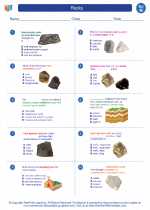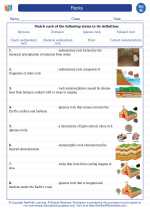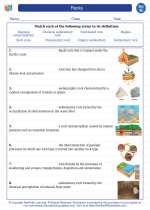Space Telescopes
A space telescope is a powerful instrument that is placed in outer space to capture images and data from distant celestial objects. These telescopes provide a clearer and more detailed view of the universe compared to ground-based telescopes due to the absence of atmospheric distortion and the ability to observe a wider range of wavelengths.
How Space Telescopes Work
Space telescopes work on the same principles as ground-based telescopes, using mirrors or lenses to collect and focus light from distant objects. The main difference is that space telescopes are outside the Earth's atmosphere, which eliminates the blurring and distortion caused by atmospheric turbulence. They also have the advantage of being able to observe ultraviolet, X-ray, and infrared wavelengths that are blocked by the atmosphere.
Types of Space Telescopes
There are several types of space telescopes, each designed to observe different wavelengths of light and study specific phenomena. Some of the most well-known space telescopes include:
- Hubble Space Telescope: Known for its stunning images of distant galaxies, nebulae, and other celestial objects. It observes visible, ultraviolet, and near-infrared light.
- Chandra X-ray Observatory: Designed to detect X-ray emissions from hot regions of the universe, such as black holes and high-temperature gas clouds.
- Spitzer Space Telescope: Specializes in infrared astronomy, allowing it to study cool and dusty regions of space, as well as objects with low temperatures.
- James Webb Space Telescope (JWST): Scheduled for launch in 2021, JWST will be the premier observatory of the next decade, serving thousands of astronomers worldwide. It will study every phase in the history of our Universe, ranging from the first luminous glows after the Big Bang, to the formation of solar systems capable of supporting life on planets like Earth, to the evolution of our own Solar System.
Benefits of Space Telescopes
Space telescopes have revolutionized our understanding of the universe by providing detailed images and data that have led to groundbreaking discoveries. Some of the key benefits of space telescopes include:
- Clearer and sharper images due to absence of atmospheric distortion.
- Ability to observe a wider range of wavelengths, including ultraviolet, X-ray, and infrared.
- Continuous observation without interference from weather or daylight.
- Access to regions of the electromagnetic spectrum that are blocked by Earth's atmosphere.
Study Guide
If you're studying space telescopes, here are some key points to remember:
- Explain the advantages of placing telescopes in space compared to ground-based telescopes.
- Describe the main types of space telescopes and the wavelengths they observe.
- Discuss the contributions of space telescopes to our understanding of the universe.
- Compare and contrast different space telescopes and their unique capabilities.
- Research and present a future space telescope mission, such as the James Webb Space Telescope.
By understanding the technology and capabilities of space telescopes, we can continue to expand our knowledge of the cosmos and unlock the mysteries of the universe.
[Space Telescopes] Related Worksheets and Study Guides:
.◂Science Worksheets and Study Guides Eighth Grade. Rocks

 Worksheet/Answer key
Worksheet/Answer key
 Worksheet/Answer key
Worksheet/Answer key
 Vocabulary/Answer key
Vocabulary/Answer key
 Vocabulary/Answer key
Vocabulary/Answer key
 Vocabulary/Answer key
Vocabulary/Answer key
